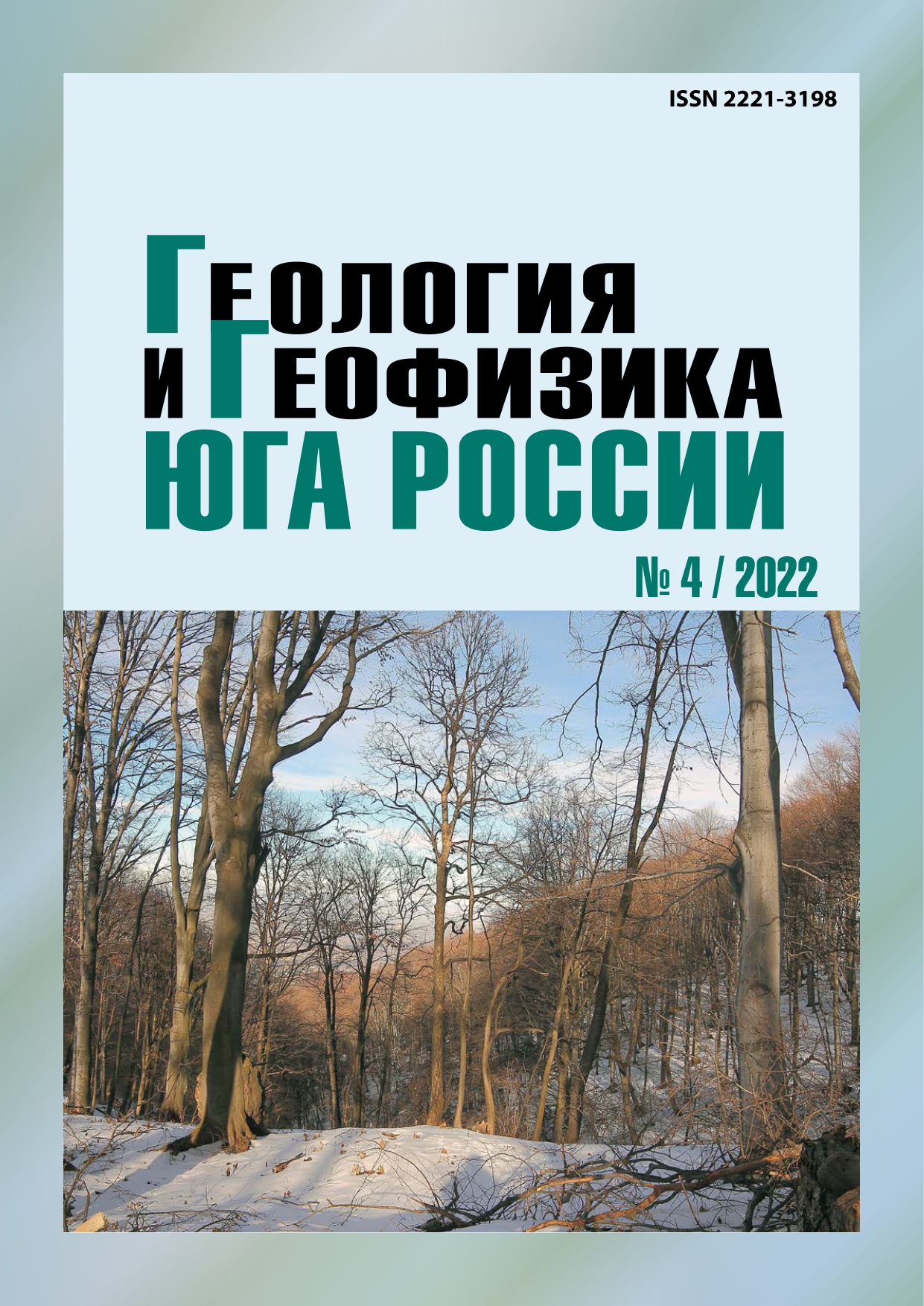Role of weak earthquakes in the cycle of extreme exogenous processes in the mountains of the Central Caucasus
Keywords:
formation factors, earthquakes, cycle, extreme exogenous processes, mountain landscape, debris, Central Caucasus
Abstract
Abstract: Relevance. The study of the influence of tectonics and seismicity on the functioning of mountain landscapes seems to be very promising and relevant. For example, the search for a connection between deep sources of tectonic stresses and their possible impact on near-surface geodynamics and seismic regime, which can become the basis of geoecological zoning. The aim of the proposed study is to reveal the features of the impact of weak earthquakes on the course of exogenous processes in the mountains of the Central Caucasus. The article assumes that the processes associated with the accumulation and movement of clastic material – landslide-scree and debris flows, have a cyclical nature and are subject to the complex effect of several factors that change over time – air temperature, precipitation, frost weathering and seismicity, among which earthquakes are one of leading. The novelty is their joint consideration. The cycle of development of extreme exogenous processes (hereinafter – EEP), during which some cause others, can last for a number of years. In the Cherek Balkarsky river basin, where the authors have been conducting research since 2009, it is from 3 to 6 years. The prerequisite for the completion of the previous EEP cycle in the summer of 2017 was the joint activity of several factors, and, to a large extent, not immediately, but in advance. The methods of work were based on calculations of the intensity of earthquakes on the surface in the study area, based on their strength at various epicenters and the depth of the latter, and taking into account regional constants. Results. It was revealed that in addition to the preparatory role, weak earthquakes in the EEP cycle can act as a “trigger” for large debris flows. So, in July 2012 and July 2017, when similar debris flows completed the next cycles of extreme exogenous processes in the study area, weak 3-magnitude earthquakes served as a “trigger” in both cases and, in the second case, to a much lesser extent, – a slight increase in air temperature, which increased the melting of glaciers in the highlands. Key words: formation factors, earthquakes, cycle, extreme exogenous processes, mountain landscape, clastic material, Central Caucasus.
Published
2022-12-28
Section
Articles


